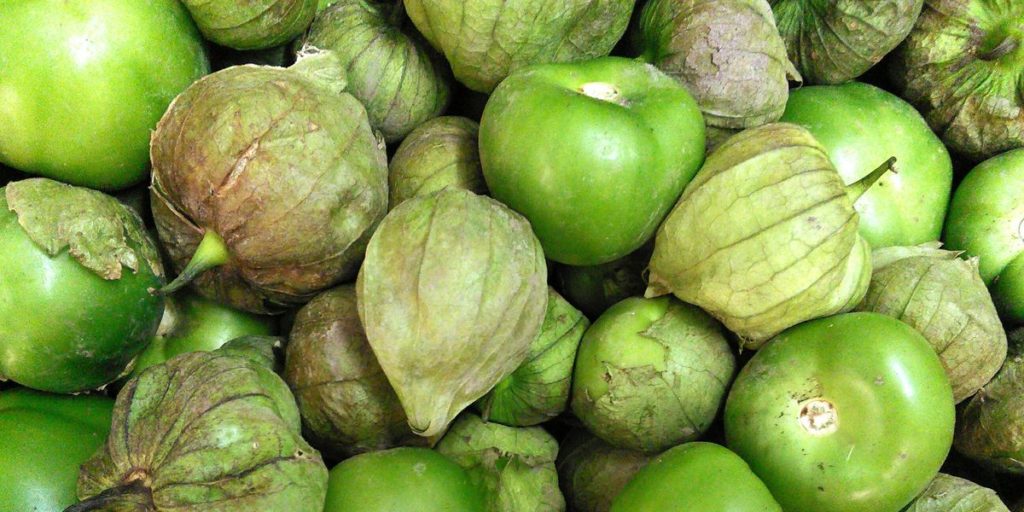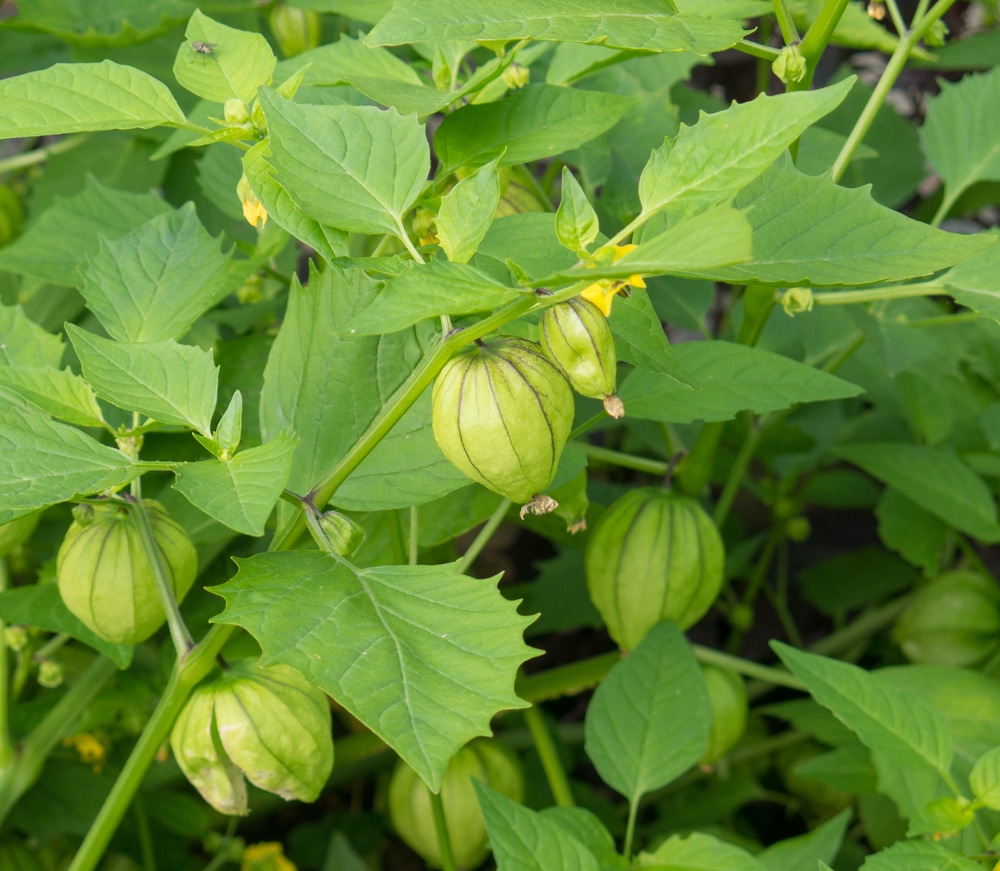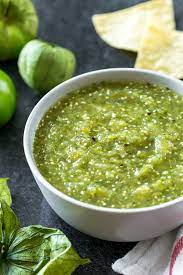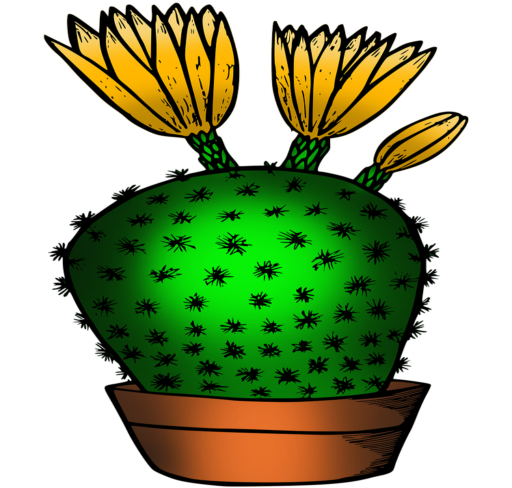
Start Tomatillo Seeds Indoors
Start tomatillo seeds indoors in a warm, well-lighted area about 8 weeks before the last frost.
Sow seed ¼ inch deep into individual containers filled with seed-starting formula.
Firm lightly and keep evenly moist.
Seedlings emerge in 10-21 days at 75-80 degrees F.
As soon as seedlings emerge, be sure to provide plenty of light to prevent plants from becoming leggy. Keep plant lights turned on 16 hours per day, off for 8 hours at night. Most plants require a dark period to grow, do not leave lights on for 24 hours.
Seedlings do not need much fertilizer, feed when they are 3-4 weeks old using a starter solution (half strength of a complete indoor houseplant food) according to manufacturer’s directions.
If you are growing in small cells, you may need to transplant the seedlings to 3 or 4 inch pots when seedlings have at least 3 pairs of leaves before transplanting to the garden so they have enough room to develop strong roots.
Harden-Off and Plant
Before planting in the garden, seedling plants need to be “hardened off”. Accustom young plants to outdoor conditions by moving them to a sheltered place outside for a week. Be sure to protect them from wind and hot sun at first. If frost threatens at night, cover or bring containers indoors, then take them out again in the morning. This hardening off process toughens the plant’s cell structure and reduces transplant shock and scalding.
Transplant hardened-off seedlings to the garden once nighttime temperatures remain above 50 degrees F.
Planting Tomatillos in the Garden

Select a location in full sun with well-drained soil. Do not plant tomatillos where the nightshade crops, including tomatoes, eggplants, and peppers, have been grown in the last three seasons.
Prepare the bed by turning the soil under to a depth of 8 inches. Level with a rake to remove clumps of grass and stones. Work in organic matter prior to planting.
Space plants 2 feet apart if you will cage them, 3 feet apart if you will not cage. Place cages at the time of transplanting.
Set plants slightly deeper than they were growing previously.
How to Grow
Keep weeds under control during the growing season. Weeds compete with plants for water, space and nutrients, so control them by either cultivating often or use a mulch to prevent their seeds from germinating. Avoid disturbing the soil around the plants when weeding.
Keep plants well watered during dry periods to promote rapid, uninterrupted growth. Plants need about 1 inch of rain per week during the growing season. Use a rain gauge to check to see if you need to add water. It’s best to water with a drip or trickle system that delivers water at low pressure at the soil level. If you water with overhead sprinklers, water early in the day so the foliage has time to dry off before evening, to minimize disease problems. Keep the soil moist but not saturated. See More: Watering Your Garden
Pinch off the tips of the branches to control spread.
Monitor for pests and diseases. Check with your local Cooperative Extension Service for pest controls recommended for your area.
Tomatillo Seeds – Ground Cherry, Vegetable…
Grow Tomatillos – Plant Ground Cherry Tomatillo Seeds Ground Cherry Tomatillo, also kno… [More]
Harvest and Preserving Tips

Harvest tomatillos when the fruits fill out the husks and the husks begin to break open, about 100 hundred days after transplanting. In some cases, the fruits will not break open the husks and you have to feel the fruits for firmness. Ripe tomatillos turn green to pale yellow.
Harvest the fruits, husks and all.
If you are using them right away, remove the husks and wash the sticky fruits. Otherwise leave the husks in place, and you can store the fruit for up to a month.
Do not seal them in plastic bags or airtight containers, store them in mesh bags in a cool, well ventilated spot.
Tomatillos are the key ingredient to Salsa Verde. Smaller varieties are delicious for fresh eating.
Tomatillos may also be frozen or made into chutney.
